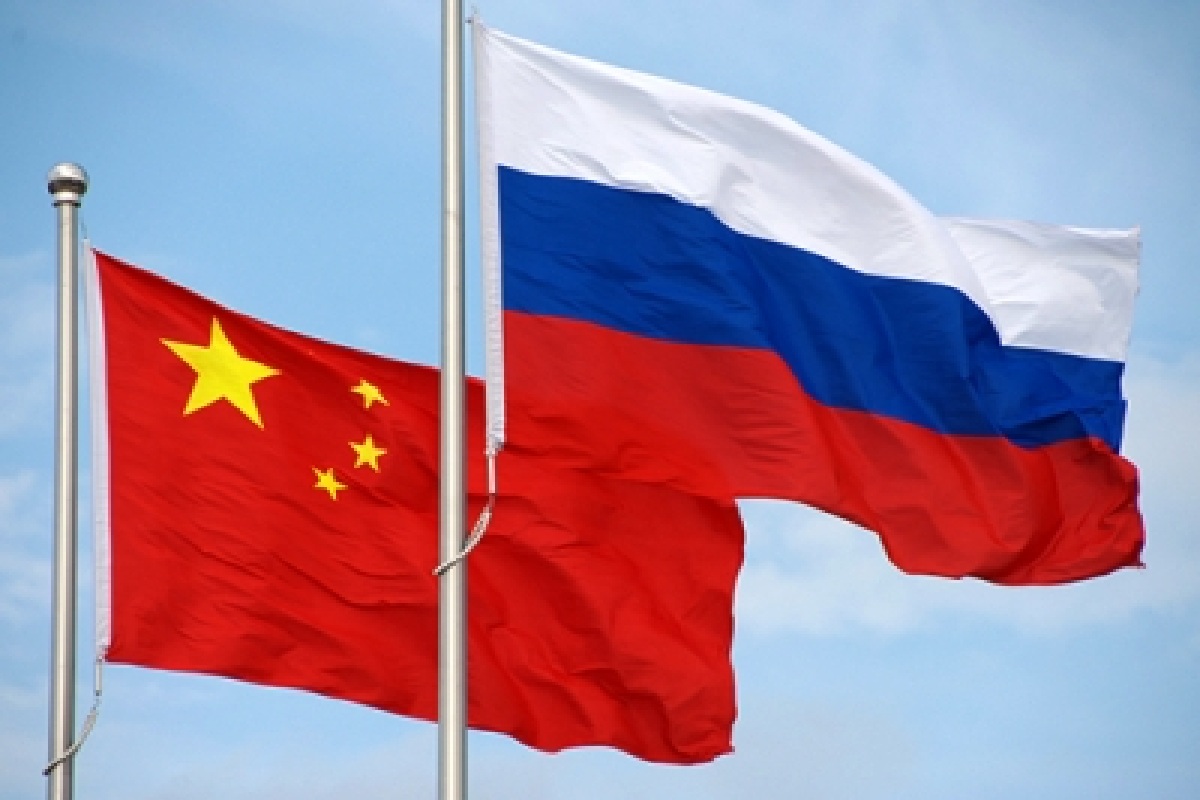Iran rejects Macron’s accusation of involvement in Ukraine conflict
Iran has rejected French President Emmanuel Macron's remarks that Russia has used Iranian military equipment against Ukraine.
In a bold leap towards the future of space exploration, Russia and China have announced plans to consider deploying a nuclear power plant on the moon by the mid-2030s.

Photo: IANS
In a bold leap towards the future of space exploration, Russia and China have announced plans to consider deploying a nuclear power plant on the moon by the mid-2030s. This collaborative effort, as revealed by Mr Yuri Borisov, head of Russia’s space agency Roscosmos, aims to lay the groundwork for potential lunar settlements. The proposed nuclear power solution, Mr Borisov argues, is essential due to the limitations of solar panels in meeting the energy demands of future lunar habitats. The idea of establishing a nuclear-powered outpost on the moon raises both awe and concern.
While the ambition is commendable, the challenges and potential risks associated with nuclear technology in space cannot be ignored. Mr Borisov envisions the project to be executed autonomously, eliminating the need for human presence during installation. This decision underscores the seriousness of the endeavour, as well as the recognition of potential hazards. The proposed lunar power plant is not the only ambitious project on Russia’s cosmic horizon. Mr Borisov also shed light on plans for a nuclear-powered cargo spaceship, designed to transport large payloads and tackle space debris. This cyclopean space tugboat, fuelled by a nuclear reactor and high-power turbines, represents Russia’s commitment to pushing the boundaries of space exploration and utilisation. However, the unresolved challenge of effectively cooling the nuclear reactor introduces a note of caution.
Advertisement
The intricacies of managing a nuclear-powered spacecraft necessitate meticulous planning to avert potential disasters. The spectre of space becoming littered with nuclear debris poses environmental and safety concerns that must be thoroughly addressed before such projects can proceed. Russia’s recent setbacks in lunar exploration, highlighted by the failure of the Luna-25 spacecraft, raise questions about the feasibility and timeline of these ambitious projects. While setbacks are inherent in the pursuit of pioneering endeavours, they underline the importance of rigorous testing and troubleshooting to ensure the success of future missions. Russia’s commitment to further lunar exploration, including the possibility of joint missions with China and the establishment of a lunar base, indicates a resilient determination to overcome challenges and continue pushing the boundaries of space exploration. Amidst these ambitious plans, it is essential to recognise the geopolitical context surrounding space activities.
Advertisement
With China aiming to land its first astronaut on the moon before 2030 and the United States expressing concerns about the militarisation of space, the collaborative efforts between Russia and China in lunar exploration become not only scientific but also strategic endeavours. As these developments unfold, the world watches with a mix of anticipation and trepidation. The vision of a nuclear-powered moon outpost opens new frontiers in space exploration but demands meticulous planning, international cooperation, and a commitment to environmental responsibility. The collaborative efforts between Russia and China may well be a giant leap towards humanity’s destiny beyond Earth, but only time will reveal the true extent of the risks and rewards embedded in this cosmic endeavour.
Advertisement